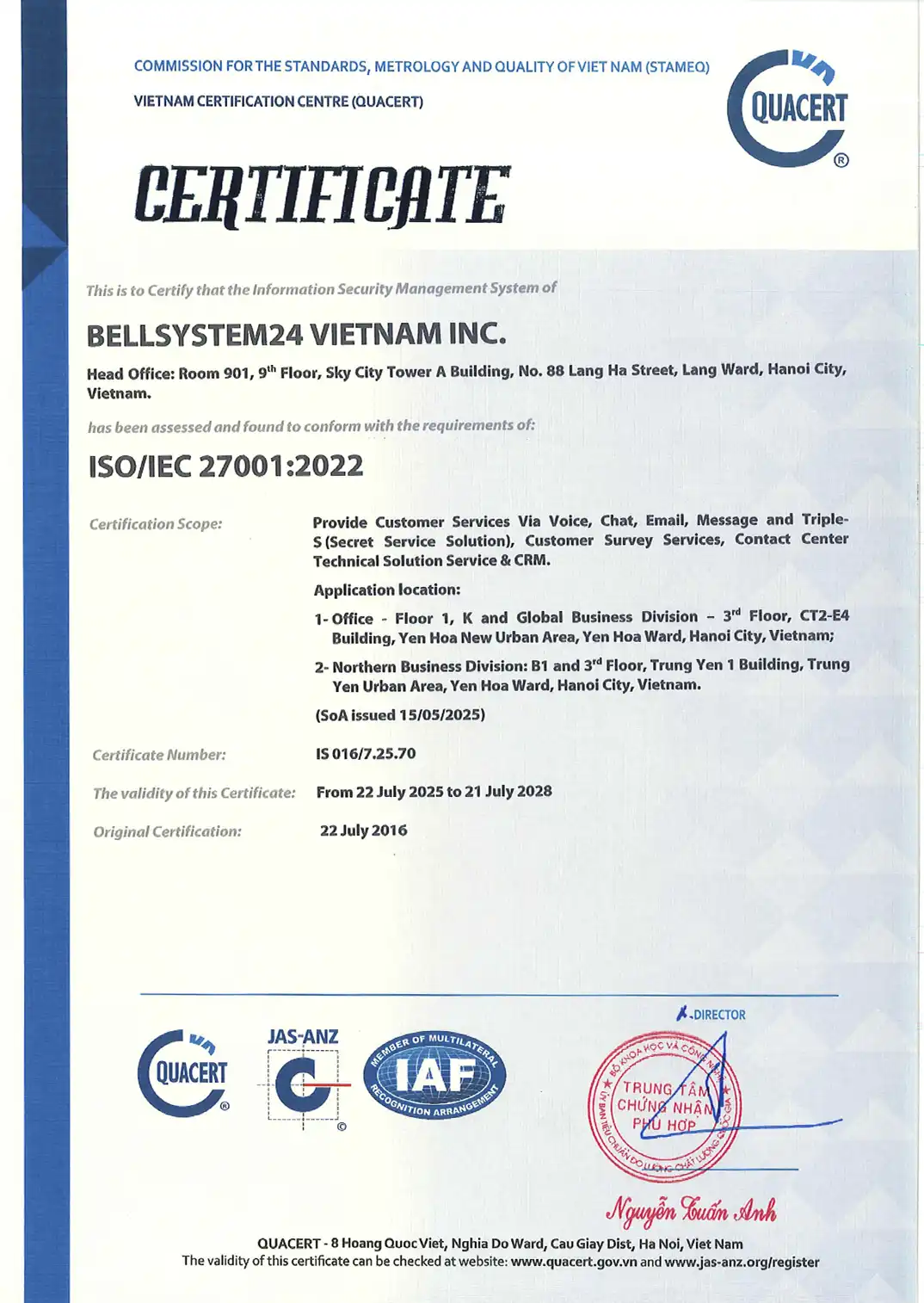When you do business, there will be times when customers complain. Especially when you are in the service industry. Although complaints can make a company look bad in the eyes of customers, they help to detect errors and improve the quality of products/services, and more importantly, they create a great opportunity for businesses to have the opportunity to be friends and understand customers better.
Many companies have a policy of rewarding and punishing customers based on the number of complaints, which makes employees cringe or “brace” when hearing customers complain, because they immediately think of being punished. But many companies also think that this is a good opportunity to understand customers, retain customers, and even promote the brand.
A customer regularly orders books on Amazon. One time the book arrived late, he wrote a letter of complaint. He immediately received a letter from Amazon: “Thank you for writing to us. We understand the frustration of not receiving the book on time to use it as planned. Please give us some time to investigate and respond within 24 hours.” On the same day, he received a second letter: “Hello, this is J., head of delivery, area X. I have investigated and it is true that the book you ordered is still on the way and is 7 days behind schedule, but we were negligent in not informing you. We would like to refund the amount you paid. Please accept the book on the way as a gift from us. Once again, thank you very much for providing information so that we can improve our service.”
The customer posted the letter online, and it immediately went viral. It must have had a huge impact on Amazon orders.
Here are 8 steps for “PERFECT COMPLAINT HANDLING” that we have learned from the above incident.

8 steps to “PERFECT COMPLAINT HANDLING”
Step 1: Thank you
The first mistake is to instruct employees to apologize to customers, even if they don’t fully understand what’s going on. This leaves employees confused, vulnerable, and the customer angry. Instead, thank the customer for providing the information. Companies should help employees understand that this needs to be done from the heart. For every 100 dissatisfied customers, only 4 will complain. The other 96 will quietly switch to another supplier.. Complaints are actually gifts from customers, because they still expect better from us. Smart companies will expand their “listen to receive gifts” channels. That is why many businesses are now investing in getting a High quality contact center.
Step 2: Clarify the cause
This is where listening comes in. The customer has the opportunity to speak and be heard. Ask effective questions that help you understand the customer’s problem and why. When customers are frustrated, they often stray from the core issue. Your job is to bring the conversation back to the issue at hand. Listen carefully and take notes. Sometimes, the complaint is just the tip of the iceberg.
Step 3: Apologize / Empathize

Apologize sincerely if it is the company’s fault. Even if it is not the company’s fault, show empathy for the customer. “I understand how you feel,” “I understand how difficult it must be for you,” “I am sorry you had this experience with our company.” Regardless of whether it is the company’s fault or not, the complaint is real. Face it and try to find a solution, not complain or ask the customer about it.
Step 4: Commitment to fix time
Note, customers want to hear a specific time limit to fix the problem. Don't promise "as soon as possible". Let customer service staff immediately give customers a deadline, so the business needs to have standards for the time limit for some common tasks. For unexpected tasks, the customer contact department needs to know the company's organizational chart to transfer the resolution information to the specialized department to give customers the most accurate answer about the time.
Step 5: Resolve complaints within the committed time limit
Receive the complaint and act on it immediately. The customer's problem is priority number one. Don't write it down on your "to do" list, consider it an important matter that needs to be prioritized and do it now. If the issue is not within your scope, promptly escalate it to the relevant department/person, but never dismiss the issue from your mind. Follow up closely and keep the guest informed in a timely manner.
Step 6: Update and notify customer after issue is resolved
The person updating and notifying should be the superior manager of the complainant. Let the Team Leader/Manager contact the customer last. Customers appreciate this very much.
Step 7: Give a thank you gift
A small gift will let customers know that we really appreciate their feedback. This is a point of impact that has a huge impact on customer experience in the process of restoring trust in the brand.
- Note 1: Give gifts only after the problem has been solved. Customers contact us because they want their problem solved, not because of the gift.
- Note 2: This is a thank you gift. It should not be an apology gift. A smart company should have a budget for this and a process for using it.
In the Amazon example above, if the customer expectation is 100% on-time delivery, the commitment period can be up to 30 days. And the customer will switch to buying elsewhere. By accepting a percentage of missed deadlines and giving a thank you gift (not necessarily 100% of the item's value), Amazon can commit to a shorter delivery period. Increasing competition. Not to mention Amazon takes advantage of the opportunity to create word of mouth stories.
Another example: When a customer's brand new car broke down while the customer was driving to the airport, the service manager at the car dealership sent someone to pick him up and take him to the airport on time. A few days later, the person came to the customer to deliver the repaired car along with a gift of a box of chocolates.
Step 8: Fix to ensure no repeat
Customers are willing to forgive us the first time. But they will not forgive us when we make the same mistake again. That only confirms that our quality is really bad. It turns out that it was not an accident.
The best way to solve a problem is to do it right the first time so it never happens. But when things go wrong, it’s important to be there for your customers with all your heart, turn a negative experience into a memorable one, and wow them with an outstanding complaint resolution process that will significantly boost customer trust and loyalty.







